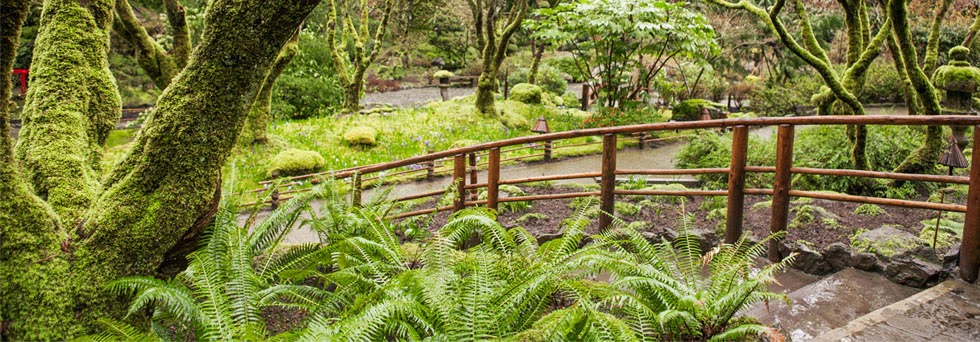Winter is the time that we refine our deciduous trees and prepare them for the upcoming seasons. At various locations throughout the country local and regional clubs will have a mid-winter show to display their trees in silhouette, this is were you can appreciate the fine ramification of the tree's structure. The largest show in Japan is the Kokufu-Ten show that is held in February giving bonsai enthusiasts the opportunity to view the beauty of the trees in all their glory.
 |
| CATLIN ELM 19 INCHES |
This is a Triple Trunk Catlin Elm that I have been working on for the last fifteen years. The Catlin elm is a sport of the Chinese elm with small leaves. This mutation was discovered by Joe Catlin a landscape designer in Southern California in the early 1950's. This tree has been wired in the past but at this time is grown using the clip and grow method. I will let the growth extend out to 5 or 6 leaves then cut the growth back to 2 or 3 leaves. The Catlin Elm has a very thin bark and the bark will exfoliate providing an interesting effect somewhat like a Sycamore tree. This tree is potted in a cream colored oval pot from Bonsai Vision. The pot is acquiring a nice patina and the soft tones of the glaze and simple oval shape go nicely with this specimen.
 |
| BURT DAVI FICUS 6 INCHES |
This is a Burt Davi Ficus. This tree has been defoliated as it is a tropical and does not drop its leaves in the fall. By defoliating the tree I can improve back budding and increase the ramification. As you can see it is just starting to push new growth. The pot for this tree is a little over-sized but I am trying to push the growth and fatten the trunk a little. The style for this tree is a formal upright broom style and with a little more girth to the trunk it will appear straighter and be a better looking specimen. The pot that I have chosen is a light blue rectangle from Bonsai Vision. The straight lines of the pot and the soft blue color contrast nicely with the bright green leaves of this bonsai.
 |
| BURT DAVI FICUS 6 INCHES |
Here we have another Burt Davi Ficus. This tree will have a completely different feel and look than the previous bonsai as this is a Moyogi style (informal upright). This tree has also been defoliated to improve its ramification.This has been potted in a Mokko style pot of a dark blue from Bonsai Vision. The ficus species in general likes to be slightly root-bound so the use of small pots do not hinder their growth.
 |
| Korean Hornbeam 21inch x 11 inch |
This a Korean hornbeam that I have worked on for 13 years. When this tree was first acquired it was growing in a slant style. I converted it to a semi Cascade and have been training it in that style for the last 11 years. I have potted it in a Bonsai Vision steel blue cascade pot that complements the white muscular shape of the trunk. This tree has been wired this year. When wiring deciduous trees I wire the branches downward as this weakens the tips and forces more back budding which will increase the ramification. Eventually the growing tips will begin to rise and the tree will take on more of the look that it should have as a finished tree
 |
| Korean Hornbeam 22 inch |
This Korean Hornbeam was acquired 3 years ago and I have begun the work of increasing the ramification of the branches. As with the previous specimen I have wired the branches down to increase back budding. This tree is potted in a Bonsai Vision pot From the Yamaaki Kiln In Tokoname. Korean Hornbeams are vigorous growers and extremely hardy. The small dark green leaves are in perfect scale for mid size and Shohin bonsai.
 |
Zelkova Serrata 7 inch
This broom style Zelkova is just starting to begin to ramify and within 3 to 5 years should rival some of the the shohin Zelkovas that you can find at the Green club during the Kokufu-ten show in Japan. This bonsai is planted in a Mokko shaped pot from Bonsai Vision by the Tokoname artist Kouyou. The purple glaze is unusual and goes nicely with the grey bark and the light green leaves of early spring. I am pulling the front branch towards the right slightly as I changed the front to the right by about 10% to show the Nebari a little better so I have had to move the branches a little |
 |
Korean Hornbeam 19 inch
This slender trunk Korean Hornbeam is beginning to develop the twiggeness that Hornbeam's are so famous for.
The plan for this tree is to try to keep the trunk on this tree slender to enhancer its elegance, rather than trying to have a chunky tree. There are no large chops on this tree and it has always been grown in a pot.This bonsai is potted in a Yamaaki cream oval from Bonsai Vision. |
 |
Chinese Elm 22 inch
This Chinese elm was purchased as a twin trunk unfortunately the smaller trunk (the stump that you see on the bottom right) died so I was left with making the tree with a single trunk. The hollows and crevasses in the trunk of this tree make it one of the most popular trees on my benches when I have visitors over. The tree has many classic faults according to the rules but I like the tree the way that it is progressing so I think I will keep it. This tree has been potted in a Bonsai Vision oval pot with rivets around the top in a robins egg blue glaze.
|

















